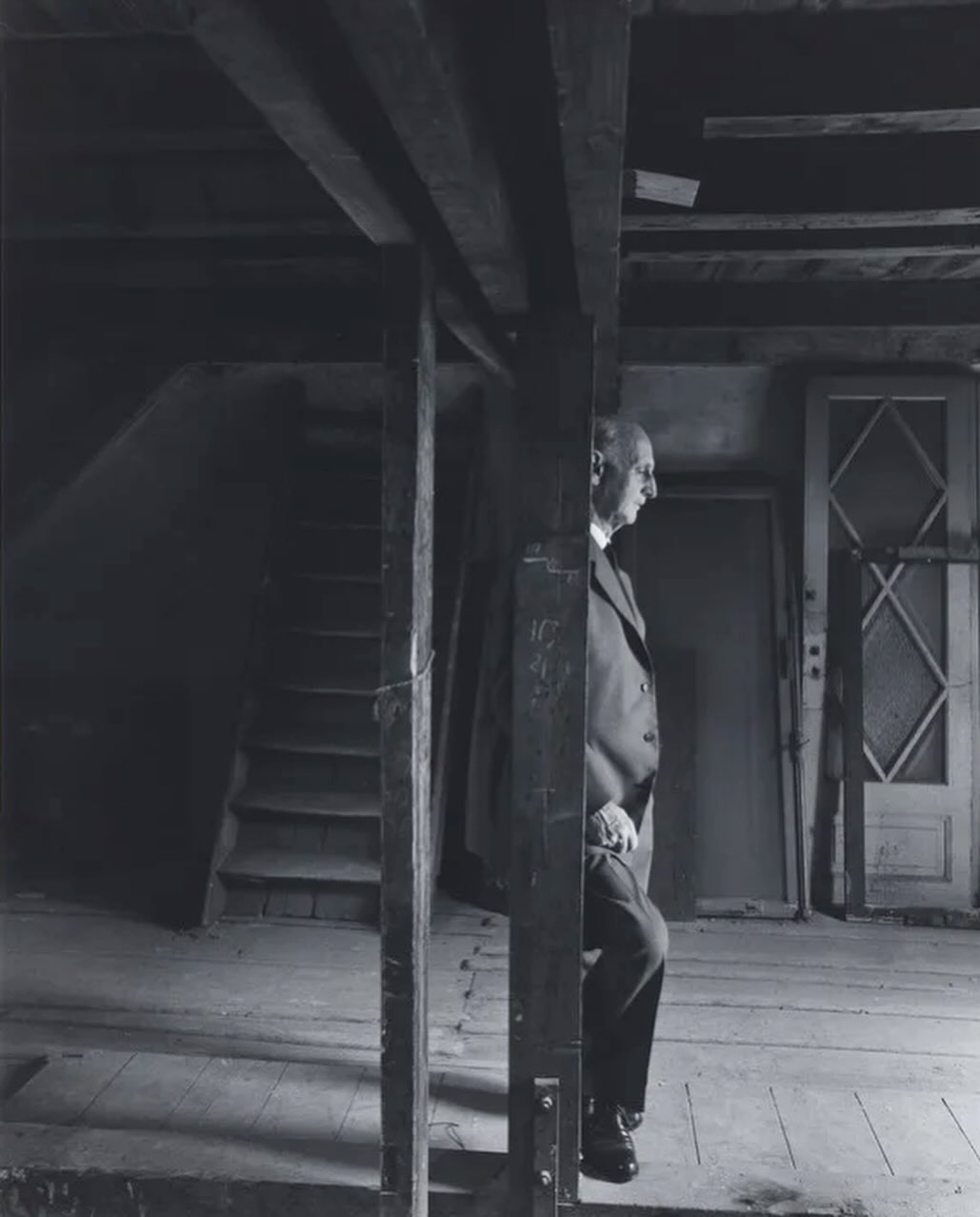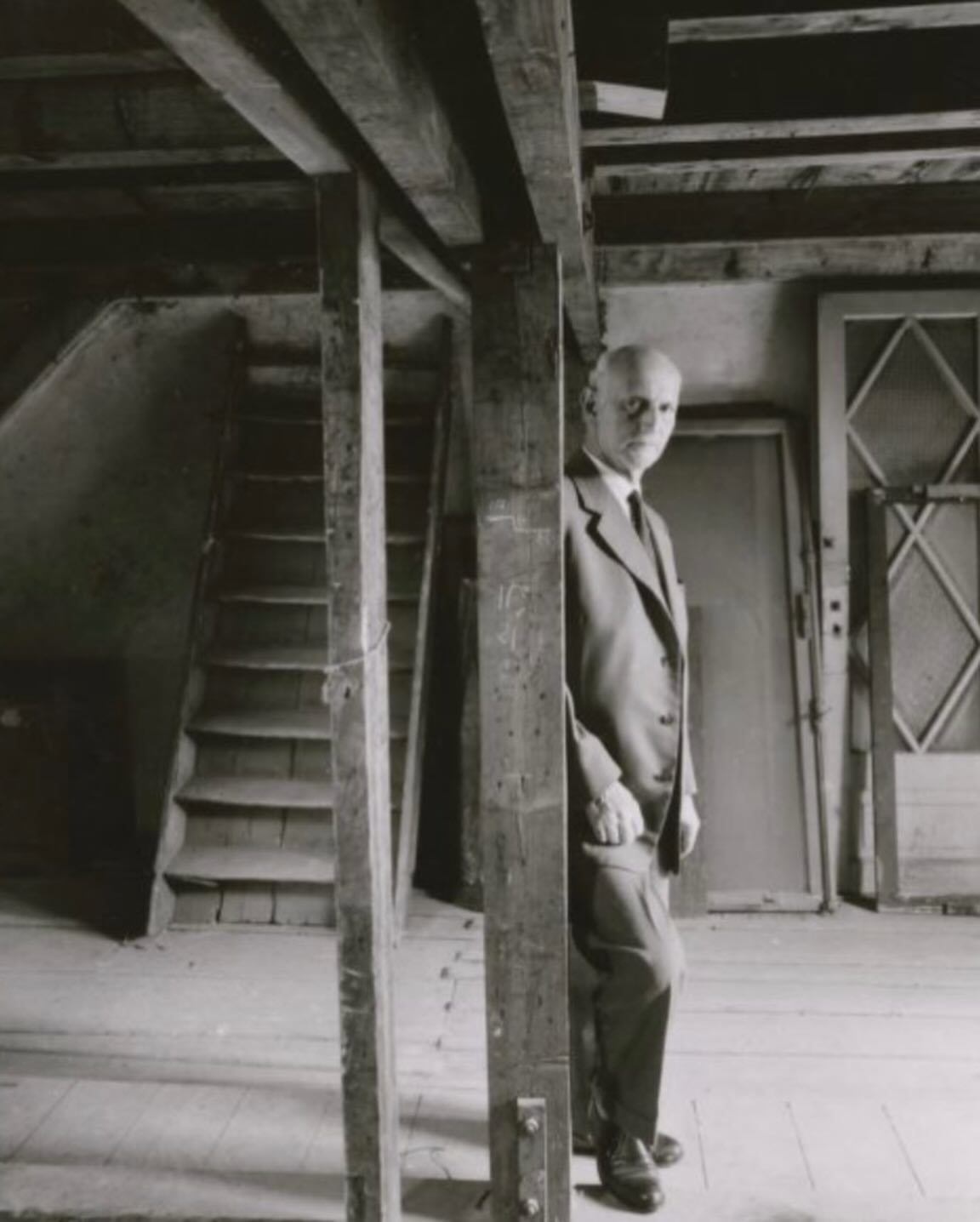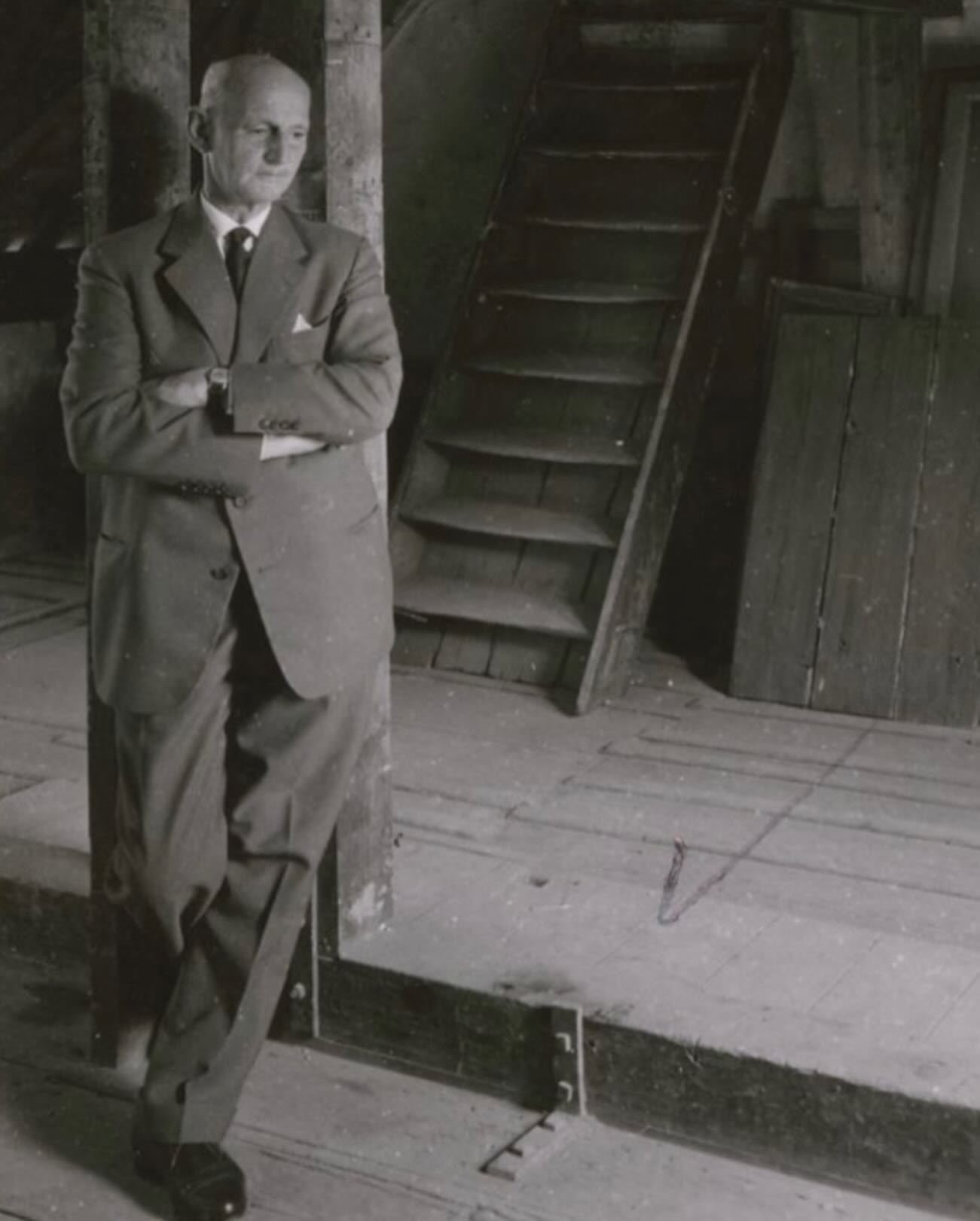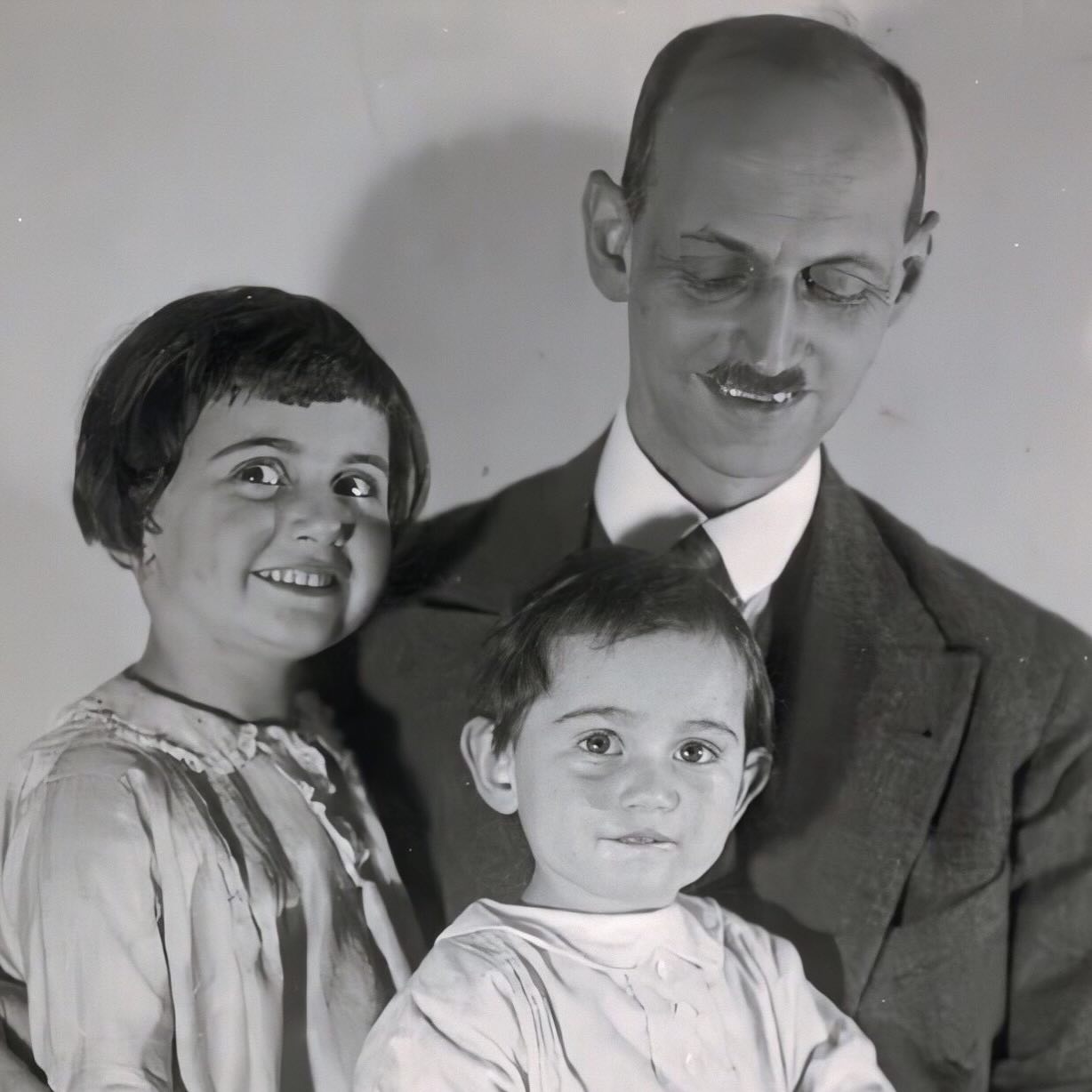The Secret Annex Becomes a Museum

On May 3, 1960, the Anne Frank House officially opened its doors to the public. The former hiding place, which had been left in its empty state, was transformed into a museum, a quiet and powerful monument to the eight people who had lived there in secret.
Otto Frank, the only survivor of the Secret Annex, understood early on the profound impact that a visit to the empty rooms could have on people. He wanted the space to be a place of remembrance and education, a place where people could confront the reality of the Holocaust and learn from the lessons of the past.

He also had a broader vision for the museum, a vision that extended beyond the walls of the Secret Annex. He wanted to bring young people from all over the world to Amsterdam for special conferences, lectures, and courses. He believed that Anne’s story could be a powerful tool to teach tolerance and to combat prejudice, a mission that the Anne Frank House continues to this day.
The opening of the Anne Frank House was not just a historical event; it was a promise. It was Otto Frank’s promise to his daughter that her story would not be forgotten, and it was a promise to the world that her voice would continue to inspire and educate for generations to come.

